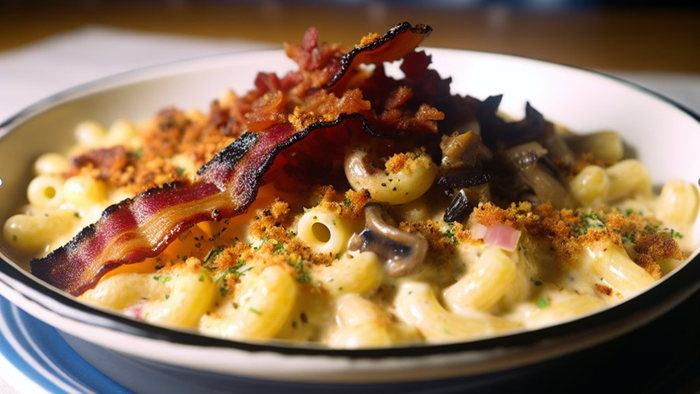Merchant Cash Advances - Predatory or Lifesaving: Part IMerchant Cash Advances - Predatory or Lifesaving: Part I
Merchant Cash Advances - Predatory or Lifesaving: Part I
November 23, 2015

I recently wrote about some excellent methods for creating cash flow; what I didn’t talk about was borrowing money. As I have previously mentioned, since most banks want you to prove that you don’t really need the money before they lend it to you, we in the catering business usually have to look elsewhere for loans. About 10 years ago, a novel lending method became available—it’s called a merchant cash advance. My friend Peter Parker who runs a great site called Card Payment Options has defined this financial tool:

“A merchant cash advance is a financing option that provides merchants with a large up-front sum of cash in exchange for a percentage of future sales. Usually, merchants can qualify for a merchant cash advance simply by providing minimal documentation to prove that they process above a certain amount of credit and debit card sales per month. Merchant cash advance providers then collect a percentage of all future card sales until the original amount plus interest is repaid.”
It works like this:
A merchant cash advance provider looks at your credit card volume. You usually have to submit three months of credit card processing statements and three months of bank statements. They will check your personal credit score, but they are more concerned with sales volume. Then, based upon their formula, the cash advance provider will offer to advance your business a certain sum.
For example, if you run $30,000 of credit card charges per month, the provider may offer to deposit $20,000 in your account. The cost of the advance can be steep, however, as the provider will require that you pay back a much larger amount, in this case probably $26,000. Simply, you are advanced $20,000 and have to pay back $26,000.
This is where the word “advance” is significant, because although not as prevalent today, some states do have laws that ban usurious lending. Since you are technically receiving an advance and not a loan, these laws may not apply.
The provider gets repaid through your daily credit card transactions. Typically you will have to turn over up to a third of your daily credit card receipts until your advance is paid.
ADVANTAGES
• If business is slow, you pay back less on a daily basis. If you have no credit card transactions for a week, for example, you would pay back nothing.
• Since this is an advance, it does not need to show up as a loan on your balance sheet.
• You don’t necessarily “feel it,” because you never write a check directly to the processor.
• The advance term is not fixed; if business is good, you will most likely pay off the advance quicker.
• Credit requirements, as I mentioned, can be more easily met than with standard financing.
• You can do this deal within a week and get quick cash.
Michael Rosman is founder of The Corporate Caterer, a membership website, training and consulting company for caterers and restaurateurs and who want to launch, or grow their corporate drop-off catering business. Michael has over thirty years of experience in the industry and has built an almost two million dollar a year corporate drop-off catering operation from the ground up. Michael can be reached directly at: [email protected].







